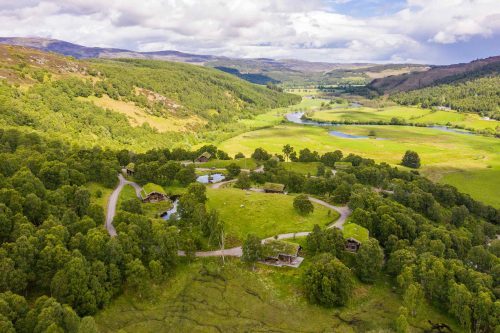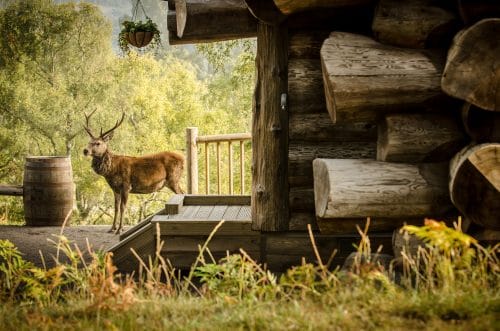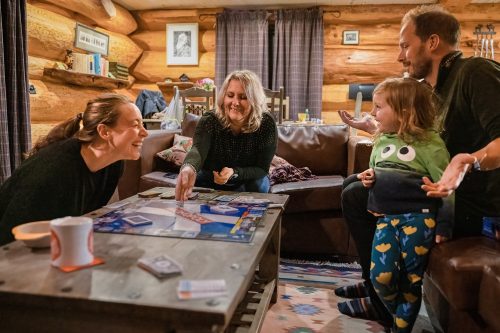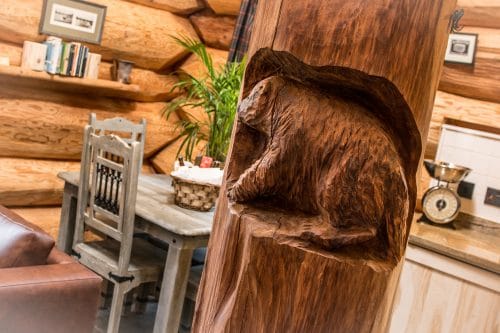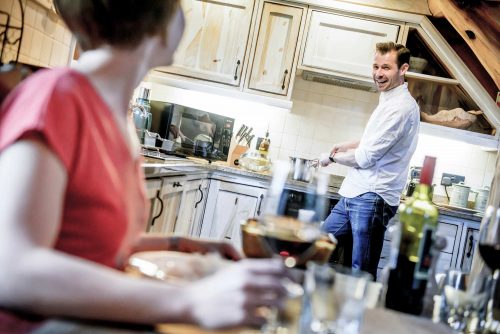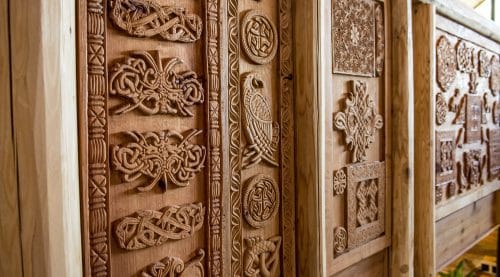15 fun facts about Easter
Very soon we’ll be waving goodbye to winter and saying a big hello to spring. The Vernal (Spring) Equinox signifies the start of spring with Easter hot on its heels. But have you ever wondered why Easter is celebrated on a different date each year? How about the reason that we give eggs at Easter? Why is egg rolling popular at this time of year? And a whole host of other Easter facts or traditions?
We didn’t until we started thinking about the Easter holidays. But, then our curiosity peaked, and much research ensued. And now we know so many Easter facts! Read on for our top 15 favourite facts about Easter. Have a read and wonder no more . . .
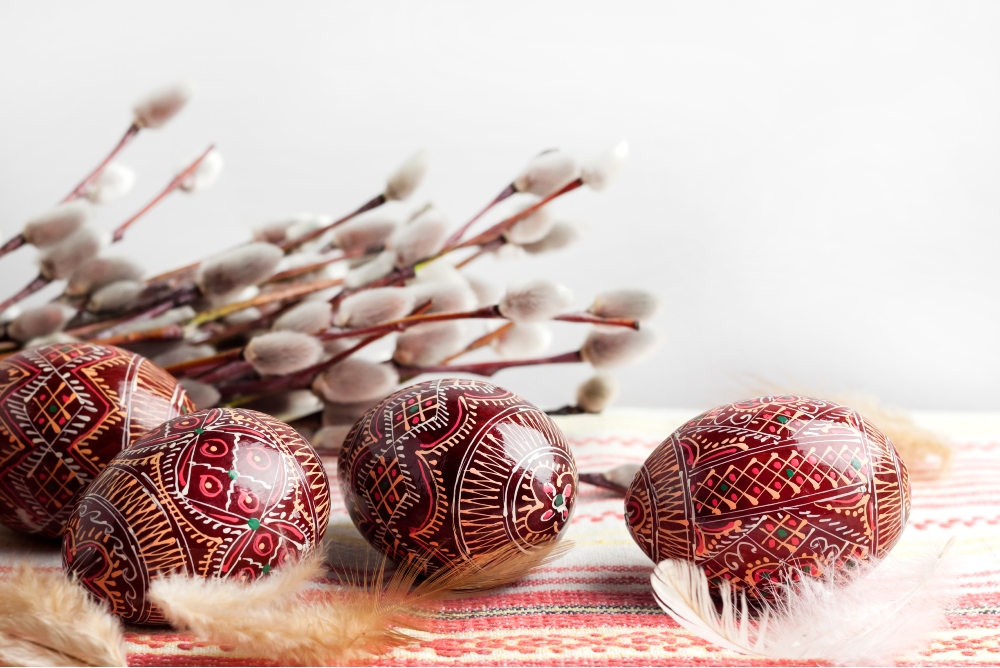
Why is Easter on a different date each year?
This question started our quest for knowledge. After all, Christmas is on the same date every year, so why isn’t Easter? Well, it’s because of the moon and the fact that Easter is a lunar festival, decided by the first full moon in spring. As we’ve said, spring starts with the Vernal Equinox, and Easter is the first Sunday after the first full moon of spring. Oh, and did you know that this first full moon is called the Pink Moon? Two Easter facts in one there!
Why do we give eggs at Easter?
Well, eggs are a symbol of fertility and rebirth. And giving eggs at Easter is a pagan springtime custom that dates back further than the Christian celebration of ‘Eastertide’. The advent of Christianity saw Easter adopted as a religious festival celebrating the resurrection of Christ. And it is, in fact, a more important festival in the Christian calendar than Christmas.
Where did the name Easter come from?
It is believed that the name comes from Ēostre, who was celebrated at the onset of Spring. This Anglo-Saxon goddess symbolised new life and fertility with a hare as her consort. That said, there’s a lot of debate amongst scholars that she was the invention of an English monk in the 8th century.
Where did the Easter Bunny come from?
One school of thought is that the Easter Bunny originates from Ēostre’s consort, the hare. There’s a story that she brought a dead bird back to life by turning it into a white hare, but it could still lay eggs one day a year. Hence the Easter Bunny bringing a basket of eggs for good children.
But another theory is that the idea of the Easter Bunny comes from German immigrants who settled in Pennsylvania in the 1700s. And it has evolved from there.
Why do we decorate Easter baskets?
So, this Easter fact is pretty logical if you tie it in with the white hare in the Ēostre story of the dead bird. And it’s ability to lay eggs. Easter baskets were originally styled as nests; children would leave them out for the white hare to lay its eggs in. Now they are used to collect the eggs from Easter egg hunts.
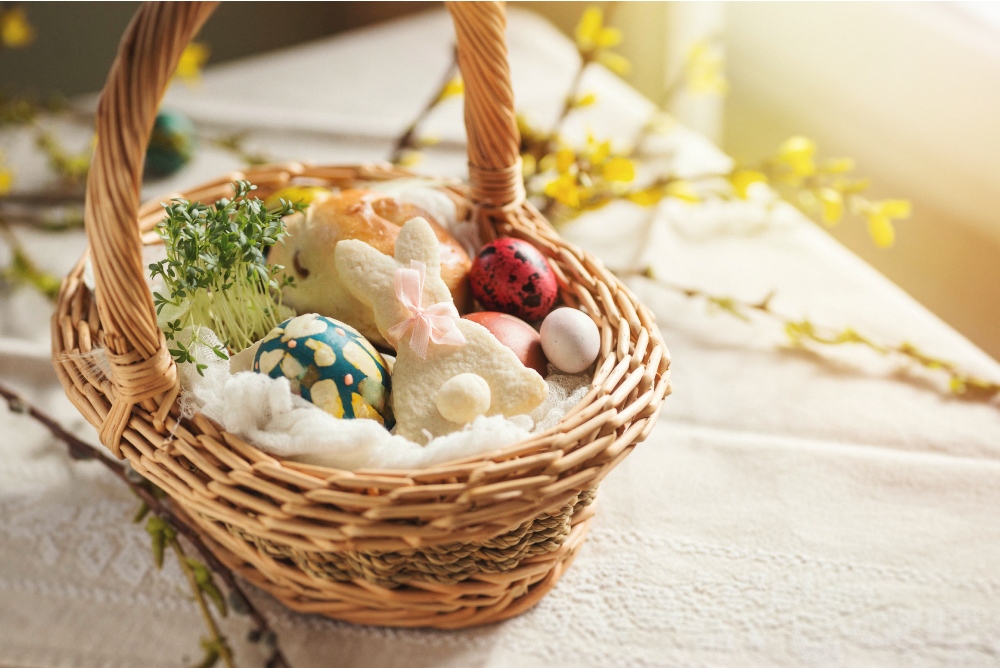
Why do we plan Easter egg hunts?
And that brings us to another fun Easter fact. There’s a couple of theories for this. One is linked to Ēostre’s hare again. The hare would bring a basket of pretty eggs and hide them around the house and garden for the children to find. Another theory suggests that in the 16th century, men would hide eggs for women to find as a nod to the story of women discovering Christ’s empty tomb.
Either way, there’s nothing better than seeing the joy on their faces when the kids discover the hidden eggs. We love a good egg hunt and have some great hidey-holes here at Eagle Brae.
What is the most popular egg-shaped treat?
That would be the Cadbury’s Crème Egg. Moreover, Cadbury’s in Birmingham produces 1.5 million per day! That’s 500 million every year. And if they were all piled up, the mound would be ten times the height of Mount Everest!
What is egg rolling at Easter all about?
Egg rolling was symbolic of rolling away the stone at the entrance to Christ’s tomb in Christianity. But this is a very recognisable Scottish tradition and symbolises something very different in Scotland. Scots would roll decorated hard-boiled eggs down grassy inclines to imitate the sun’s movement in the sky. It’s also known as pace-eggin here in Scotland.
These days, egg rolling is a fun competition to see whose egg will roll the furthest without breaking. And at Eagle Brae, we have some prize spots for some pace-eggin. Our log cabins are nestled on a Highland hillside, perfect for following this fun tradition.
How do you eat your chocolate Easter Bunny?
So, researchers have found that 76 per cent of people start with the ears. While 5 per cent start with the feet and 4 per cent start with the tail. Okay, a strange Easter fact, but check out where you start the next time you are tucking into a chocolate bunny. Are you in the 76 per cent?
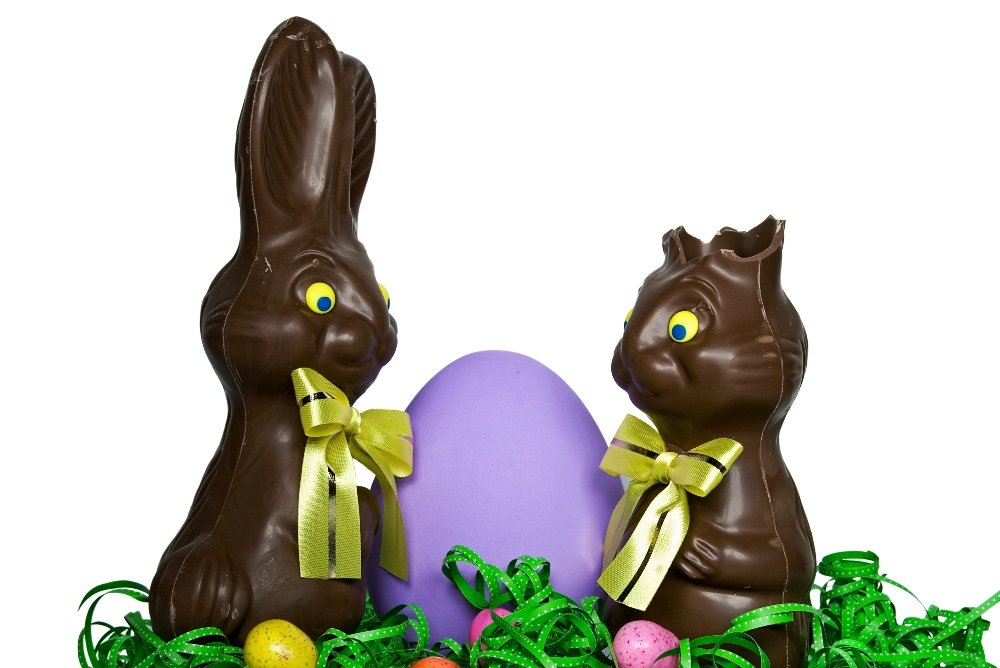
Why do we paint eggs at Easter?
Painting eggs at Easter is a tradition is known as pysanka and has its origins in the Ukraine. Moreover, the brightly painted eggs are symbolic of spring flowers. Originally, they were dyed using natural colourings from things like onion peel, flower petals, tree bark and juices from plants or berries. The waxes and dyes were used. Nowadays, paints, ribbons and stickers are used. Did you know that boiling an egg with onion peel will turn it a mottled gold?
How big is the world’s largest decorative Easter egg?
Huge! It weighs in at a massive 2500 kilos and is in Canada. It took 12,000 hours to create and is called the Vegreville Pysanka. It’s made up of 3,500 individual aluminium pieces.
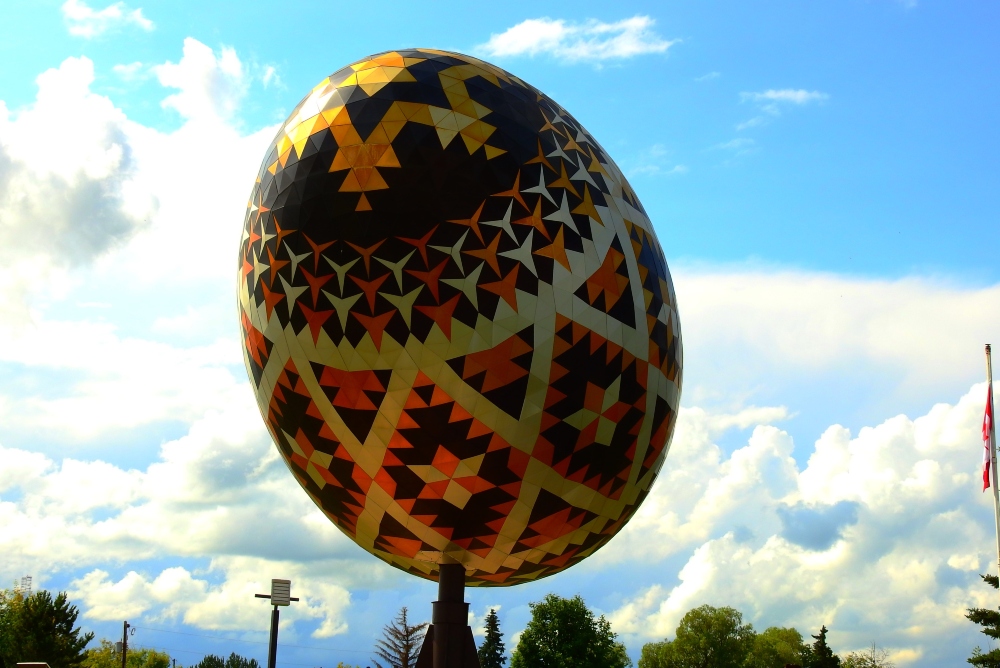
When was the first chocolate egg made in the UK?
Chocolate eggs are thought to have originated in Germany in the 19th century. But Fry’s produced the UK’s first-ever chocolate Easter egg in 1973. Two years later, Cadbury’s started making their first chocolate egg.
How much is the most expensive Easter Egg?
Sadly, they are not made from chocolate. But there are actually two that claim this title, and they topped $9 million each. One was made by Fabergé, of course! It sold at Christie’s of London in 2007. It contains a cockerel made from jewels that pops out every hour to crow.
And the second is a diamond-encrusted creation by Manfred Wild. Inside the egg is a golden globe that opens to reveal a dove with an olive branch.
What about egg-throwing?
It sounds like a peculiar Easter tradition, but it originated in churches during mediaeval times. The priest would throw a hard-boiled egg to a choir boy. Then it is thrown from choir boy to choir boy until the clock strikes. Whoever had it at midnight got to keep it as a prize.
And our last Easter fact . . .
. . . Is about the world’s tallest chocolate Easter egg. Made in Italy in 2011, it stands 10.39 metres high and weighs 7,200 kilos. It’s taller than a giraffe and weighs more than an elephant!
Spring and Easter are the perfect time to take a break in the Highlands. The surrounding countryside is budding with new life, and the sunsets are magical. Get in touch today to book your luxury log cabin and celebrate Easter with us. Don’t forget to order some eggs for egg rolling and organising your Easter egg hunt around the Eagle Brae estate!










